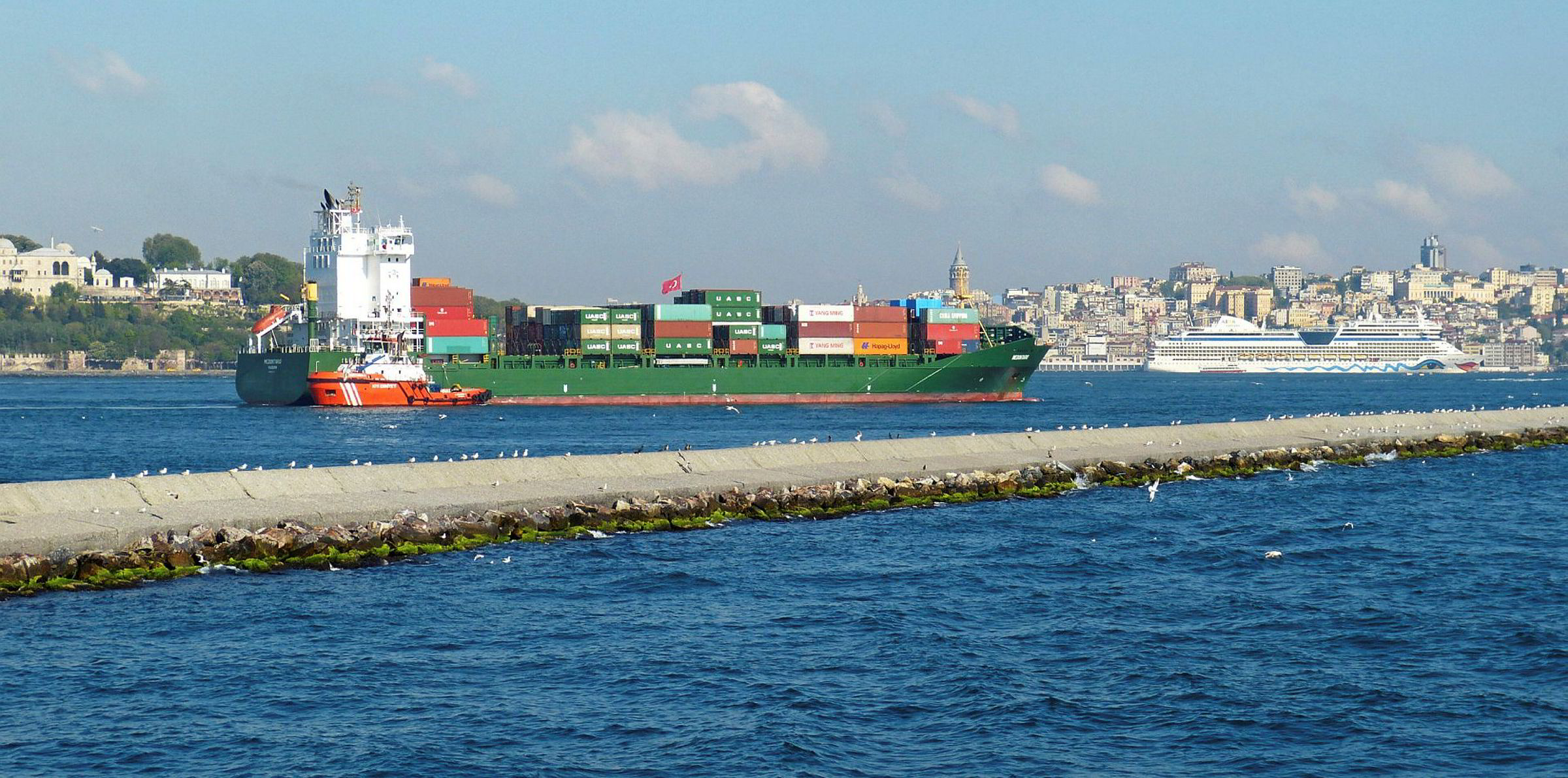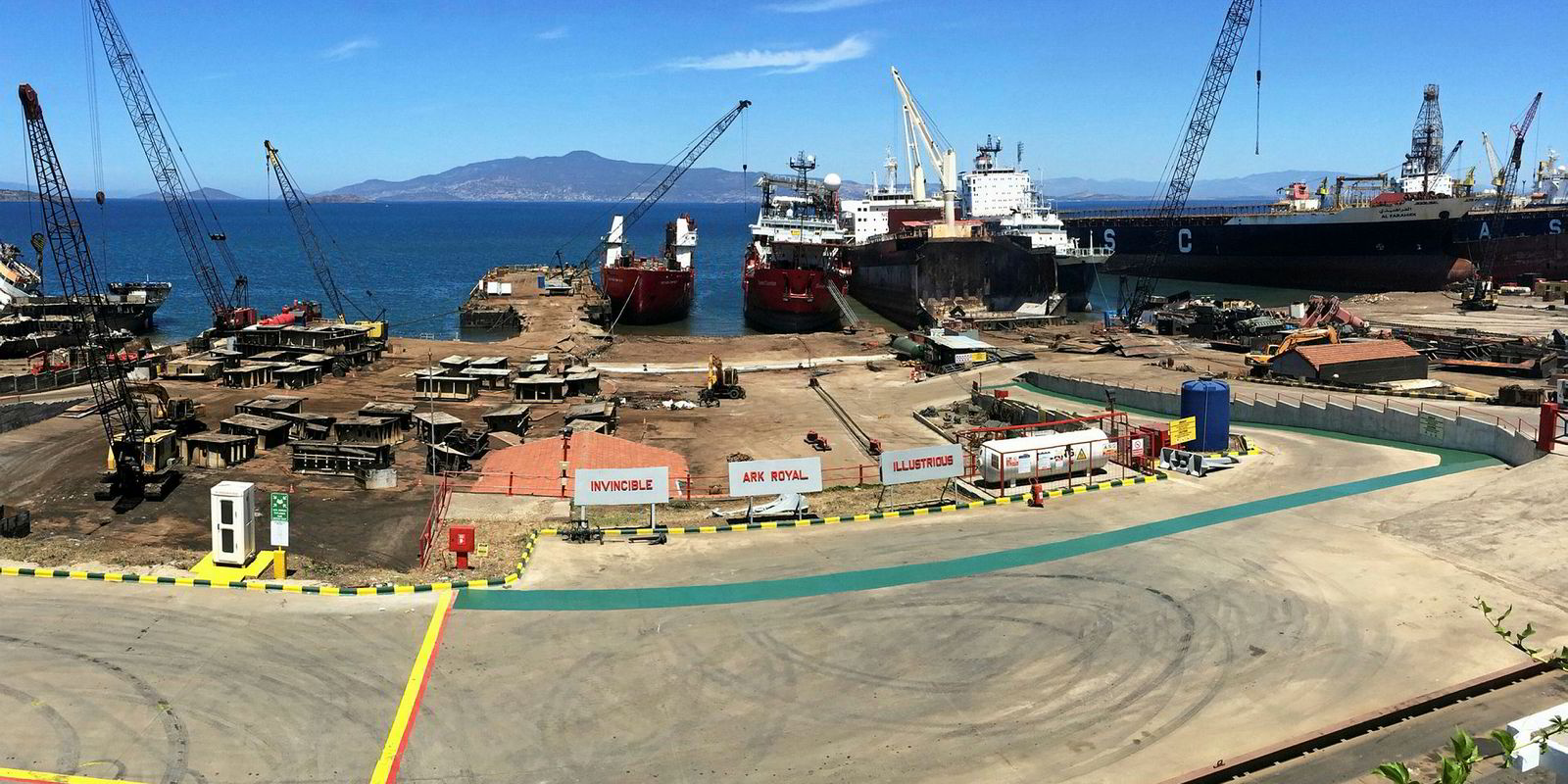Congestion at the Turkish straits is at its worst in at least 16 years, with the effects of tighter safety rules compounded by extraordinarily bad winter weather and a general increase in ship sizes, experts say.
Delays in the straits’ northbound and southbound traffic have amounted to 17 days so far this month — the longest total waiting time since records began in 2003, Clarksons data shows.
As of Tuesday, four panamax, 34 aframax and 19 suezmax tankers and four gas tankers were queuing at the Dardanelles, according to Tribeca Shipping Agency. One panamax, nine aframax and five suezmax tankers, along with one gas carrier, were at the Bosphorus.
Since last September, LPG carriers with overall lengths (LOAs) of 150 metres or more are allowed to transit the straits only during daytime when being escorted by tugs, based on Turkish transport regulations.
In the past, LPG carriers with an LOA of between 150 metres and 200 metres did not face any restriction, while those with an LOA of 200 metres to 250 metres were allowed to transit only during daytime but without an escort.
The new ruling has had “the biggest effect on today’s traffic jam”, GAC Turkey’s chief operations officer, Serdar Ceyhan, told TradeWinds.
According to ship agents, the rules have prolonged the overall transit time in the straits for other types of vessels as well, an effect exacerbated by the continued newbuilding deliveries of mega-ships across various sectors.
Worse in winter
All types of vessels need to follow their respective daytime and escort rules when passing through the straits, and the regulations grow stricter, proportionate to ship sizes.
The congestion tends to worsen in winter due to shorter daylight hours. This year’s situation has been particularly bad, with adverse weather and strong winds earlier, according to Evren Esedoglu, a Turkey-based operations manager at Wilhelmsen Ships Service.
“Hopefully the new regulation will assist to avoid highly costly incidents at the straits ... [it’s] certainly the trigger for the big tankers’ and LPG carriers’ delays during the winter season,” Esedoglu said.

On the Baltic Exchange, suezmax earnings for the Black Sea-Mediterranean trade were assessed at $20,900 per day earlier this week, while aframax earnings for cross-Mediterranean trade were at $11,800 per day. Both were lower than the month-ago levels amid broad market weakness but higher than current average benchmark indices.
“Delays at the Turkish straits can reduce the list of vessels able to perform a voyage, thus helping the owners’ earnings. Or at the least [they] keep rates from dropping further,” Banchero Costa senior tanker analyst Federica Sani said.
Aside from being one of the world’s busiest chokepoints for petroleum trades, connecting Black Sea oil ports to European markets and beyond, the straits generally experience heavy traffic of ships across various sectors.
Last year, 5,107 laden bulkers, 5,183 containerships, 3,171 oil tankers and 657 gas carriers passed through the waterway, according to VesselsValue.







